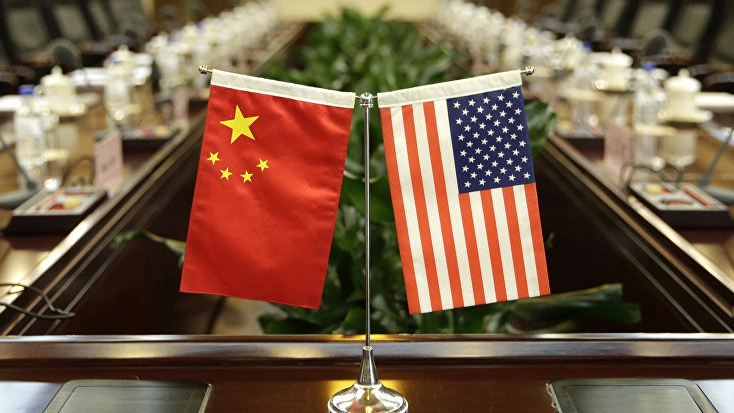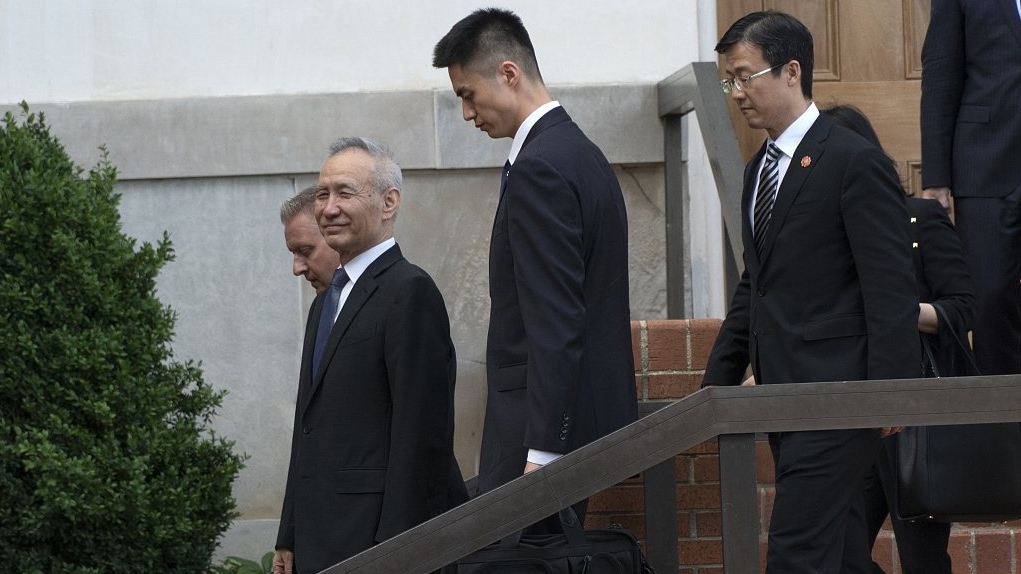
TV Show
13:23, 15-May-2019
What can we learn from the previous trade negotiations?
World Insight with Tian Wei
03:40

China and the U.S. had their 11th round of trade talks over last week. Chinese Vice Premier Liu He led his team to Washington, but that did little to stop a new round of tariff hike. U.S. President Donald Trump announced a 25-percent tariff on some 6,000 Chinese products, from textiles to electronics. And China has announced to increase tariffs on the bulk of 60 billion U.S. dollars' worth of U.S. goods to three categories of rates between 10 percent and 25 percent starting June 1.
The move cast a cloud on the future of trade relations between the world's first and second largest economies. Is China's response measured or a big scale comprehensive? CGTN senior correspondent Tian Wei talked with a group of panelists.
"It's a measured response from three perspectives. First of all, it's less than one-third of the total amount that the U.S. imposed. Of course, China's imports of the U.S. goods are lots of less than exports in the U.S. But still in terms of the total amount, I think it is not large," answered John Gong, a professor from the University of International Business and Economics.
Gong continued to explain that secondly, the U.S. tariff is 25 percent while China's is in a range from 10 to 25 percent in different ranges. Third, China's tariffs will take effect on June 1, that's two weeks away. It corresponds to the U.S.'s deadline.

Liu He (L), China's vice premier, departs the Office of the U.S. Trade Representative in Washington, DC, U.S., May 9, 2019. /VCG Photo
Liu He (L), China's vice premier, departs the Office of the U.S. Trade Representative in Washington, DC, U.S., May 9, 2019. /VCG Photo
When it comes to how much room for negotiation is available, former U.S. Assistant Trade Representative Jeff Moon believes that there is certainly a lot of room left. He mentioned these negotiations have been going on for a year, the latest round was for about five months, and 120 pages documents are being negotiated.
Steve Pruitt, the managing partner at Watts Partners, thinks there are some merits to the Chinese looking at it. Pruitt used a metaphor that the current situation just like "a lot of chocolate syrup in the milk being stirred around," and "clearly if you look at the domestic record of achievements of the current administration. There are very few negotiations that resulted in a deal."
According to him, some of those negotiations have been blown up to serve political ends. Meanwhile, people could look at this in terms of timing and how this ties up with the U.S. current domestic political agenda. He also suggested that to see how this constant chaos and disruption on trade will diminish talk about impeachment and the first family.
The leaders from both countries will meet at the G20 meeting in Japan next month. China says both sides should deal with the trade war "with utmost rationality." But China is fully prepared to dig its heels in.
"That's why the last round is so important because both sides want to be seen domestically, to be seen as fighting hard for national interests. Already both sides are leaving room for further negotiations. I think the key is both sides cool down a bit after this round of rhetoric, especially ahead of the G20 meeting in June. Both sides would have been able to say that we worked so hard and tried our best as we could, but at the same time look for compromise," said Yang Dali, professor of the Department of Political Science of the University of Chicago.
(If you want to contribute and have specific expertise, please contact us at opinions@cgtn.com.)

SITEMAP
Copyright © 2018 CGTN. Beijing ICP prepared NO.16065310-3
Copyright © 2018 CGTN. Beijing ICP prepared NO.16065310-3